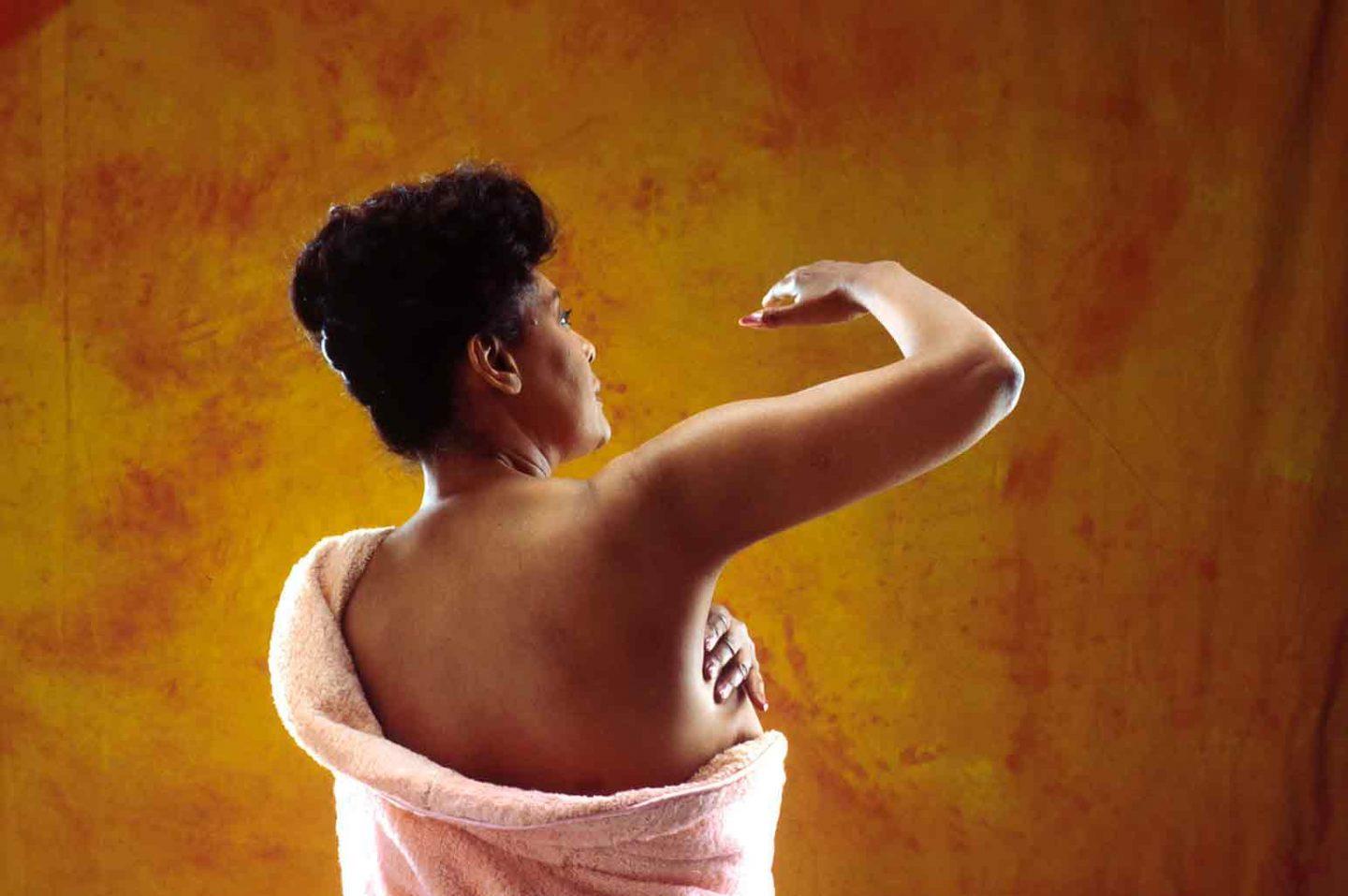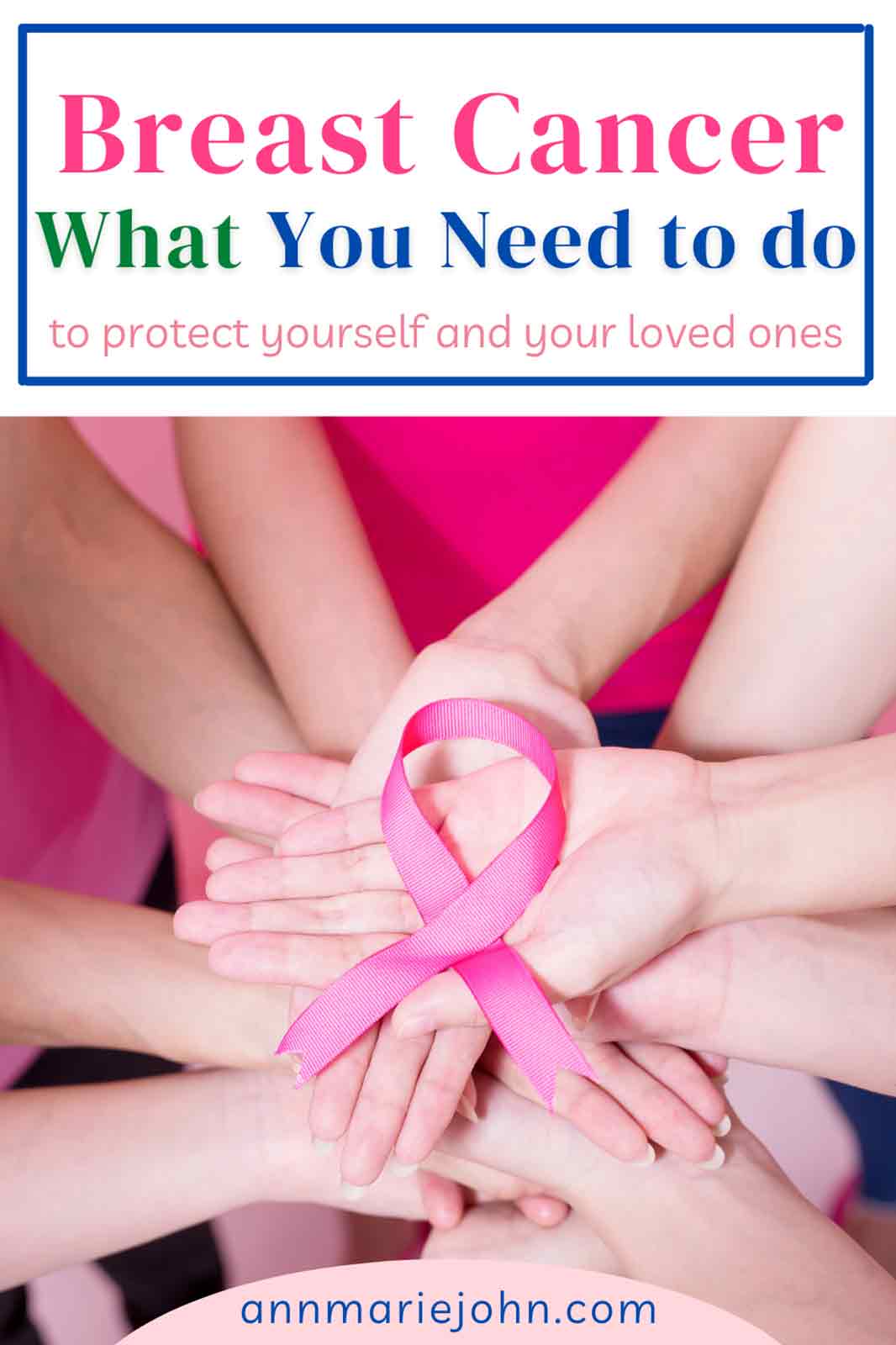
Presently in the United States, 1 in 8 women develop breast cancer. The statistics increase as women reach the age of 40, and continue to climb even more with each decade thereafter. There are both invasive and non-invasive forms of breast cancer, and devastatingly, the former can result in death. Breast cancer is affected by lifestyle, genetic mutations, and hereditary genetics.
Learning this should not make you feel afraid, however, rather it should hopefully motivate you to find means to protect yourself and your loved ones from developing breast cancer. This discussion will look at the ways you can go about making lifestyle modifications and taking preventative measures to keep you and your family and friends safe, happy, and healthy.

What Is Breast Cancer?
Breast cancer is a form of cancer that originates in the ducts or lobules of breast cells. It occurs when the breast cells begin to grow in an abnormal and uncontrolled way. There are four different types of breast cancer called metastatic breast cancer, ductal carcinoma in situ, invasive ductal carcinoma, and inflammatory breast cancer. Each type depends on the area of the breast in which it originated. The most typical signs of breast cancer are a lump in the breast or underarm region, breast pain, dimpling of the skin, flaking or dryness around the nipples, or bleeding. Breast cancer is most commonly found in women, however, it can affect some men. In the US, 1 out of every 100 breast cancer cases is found in the male population.
Prevention Is Better Than Cure
The best way to protect yourself, and those in your life from breast cancer, is to be preventative in your approach. This because, if detected at an early stage, breast cancer is largely treatable. This means regular mammograms and breast examination checkups need to be done, as discussed here to help you out. It is recommended that all women should start going for annual mammograms from the age of 40, and for women who are at higher risk, every 6 months. It is also recommended that women limit their intake of Hormonal Replacement Treatment (HRT), and if taking, only do so with the strict monitoring of a health care provider. As some studies have been found to show a correlation between the consumption of HRT and increased risk of breast cancer. If a woman gives birth, she is also encouraged to breastfeed as this practice has interestingly been found to decrease a woman’s chance of developing breast cancer.
Diet: What You Consume
When it comes to preventing the development of breast cancer from a dietary perspective, eating in a healthy, clean, and balanced way is essential. This means eating a nutrient-dense diet that is packed with vitamins and minerals. Eating foods such as leafy greens, fibrous foods, whole grains, omegas from oily fish, a variety of fruit and vegetables, limited sugar and alcohol intake, as well as avoiding processed food. Eating this way ensures a healthy overall system, which is helpful in the prevention of many lifestyle diseases, not only breast cancer. This kind of eating will allow your body’s immune system to stay in optimum condition to fight any unwanted infections and risks to your health.
Lifestyle Modification
In order to keep your body in tip-top fighting shape, you need to ensure that your lifestyle habits are healthy ones. These will help you to prevent breast cancer from developing. Habits like smoking, lack of movement, and being overweight have all been found to be contributing risk factors to developing breast cancer. If you are currently practicing unhealthy activities, do not despair. Now is the perfect opportunity to look at ways in which you can enhance your behavior. Remember, for changes to be sustainable, you need to have an overall shift in mindset. This means you need to truly buy-in and commit to the idea that living a healthier life will be better for your long-term health. If you are taking the lift at work, can it be the stairs rather? Can you incorporate more movement into your daily routine? With smoking, there are heaps of plans and programs to help you with quitting from cold-turkey to patches, find what works for you.

Breast cancer is tragically one of the leading diseases in populations around the world. A women’s risk increases with age and particularly if she is genetically predisposed and not practicing healthy habits in terms of her lifestyle management. While breast cancer has a large genetic element in its development, some measures can be taken to prevent the spread, as well as aim to detect as early as possible, to increase the treatment outcomes. This discussion does not aim to incite fear, but rather to help you make sure you are taking all the steps possible to help protect yourself and your loved ones from this heartbreaking disease.

